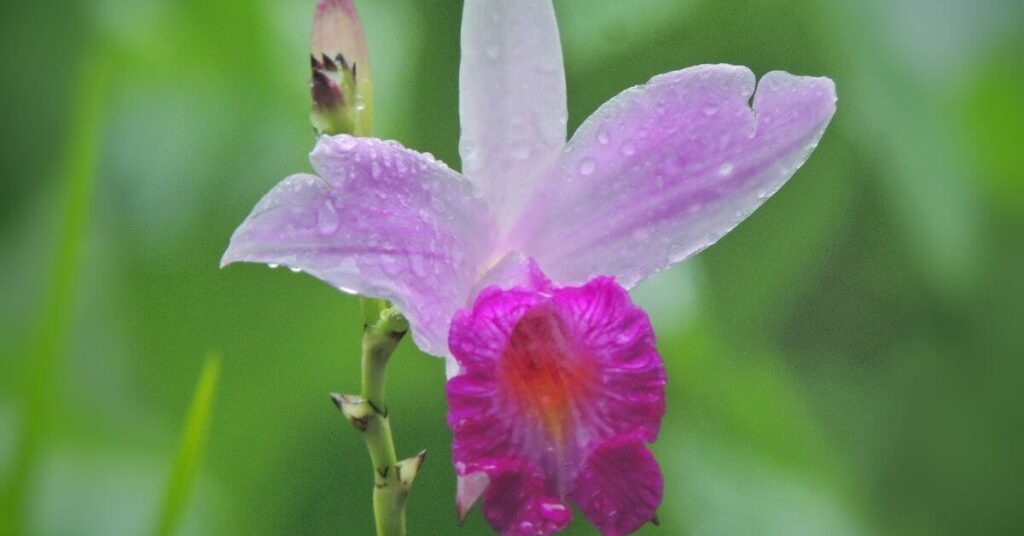Introduction:
Ornamental plants play a vital role in creating pleasant and welcoming environments in our homes. Among the various options available, the Asparagus Fern stands out as an elegant and versatile choice. In this article, we will explore this charming plant in detail, covering everything from its botanical characteristics to the necessary care to ensure it thrives luxuriously in your home.
1. Origins and History:
The Asparagus Fern (Asparagus densiflorus) originates from South Africa, where it grows abundantly in regions with a mild climate. This ornamental plant has a long history, cultivated not only for its beauty but also for its symbolic properties in different cultures.
2. Botanical Characteristics:
2.1. Morphology:
The Asparagus Fern is known for its thin, long stems that resemble needles, hence the name. Its delicate and small green leaves create a feathery and graceful appearance. This plant belongs to the Asparagaceae family and is popularly cultivated in various varieties, each displaying subtle variations in its appearance.
2.2. Flowers and Fruits:
Although many growers appreciate the Asparagus Fern primarily for its leaves, the plant also produces small white flowers and occasionally red berries. These elements add an extra touch of beauty to the overall look.
3. Popular Varieties:
3.1. Asparagus densiflorus ‘Sprengeri’:
This variety is recognized for its trailing stems and finer leaves, creating a cascading look ideal for suspension.
3.2. Asparagus densiflorus ‘Myersii’:
Characterized by denser and more erect leaves, this variant is often chosen for pot arrangements and landscaping compositions.
4. Care and Maintenance:
4.1. Lighting:
The Asparagus Fern thrives in locations with bright indirect light. Avoid direct sun exposure for extended periods to prevent leaf damage.
4.2. Proper Watering:
Keep the soil slightly moist, avoiding overwatering. Frequent watering is needed during warmer months, while reduction in winter is recommended.
4.3. Soil and Fertilization:
Use well-draining and light soil. Fertilize the plant monthly during spring and summer, using a balanced fertilizer.
4.4. Pruning:
Regularly remove yellowed or damaged leaves to promote healthy growth. Pruning can also be done to maintain the desired shape.
5. Applications in Interior Decoration:
5.1. As a Hanging Plant:
Due to the trailing nature of some varieties, the Asparagus Fern is a popular choice for hanging baskets, adding a touch of elegance to ceilings and shelves.
5.2. Vase Arrangements:
More upright varieties are ideal for pots, where they can be combined with other plants or used as centerpieces on tables and sideboards.
6. Propagation:
The Asparagus Fern can be easily propagated through seeds, but the most common method is by dividing the clumps. This process is simple and allows you to expand your plant collection sustainably.
7. Common Issues and Solutions:
7.1. Pests:
Mites and scale insects can affect the Asparagus Fern. Regular control with insecticidal soap and manual removal of pests are effective measures.
7.2. Fungal Diseases:
Avoid excess moisture to prevent fungal diseases. Maintain proper air circulation and use fungicides when necessary.
Conclusion:
The Asparagus Fern, with its delicate beauty and ease of care, is an exceptional choice for those looking to add a touch of green and sophistication to indoor spaces. By understanding its origins, characteristics, and specific care requirements, you’ll be well-equipped to cultivate and fully enjoy this enchanting ornamental plant. Invest in the Asparagus Fern and transform your home into a green oasis of serenity and elegance.






